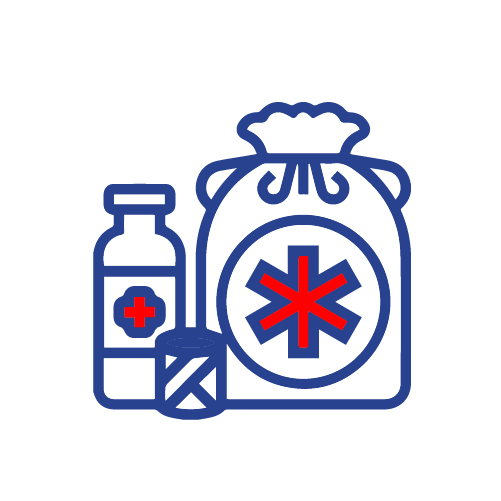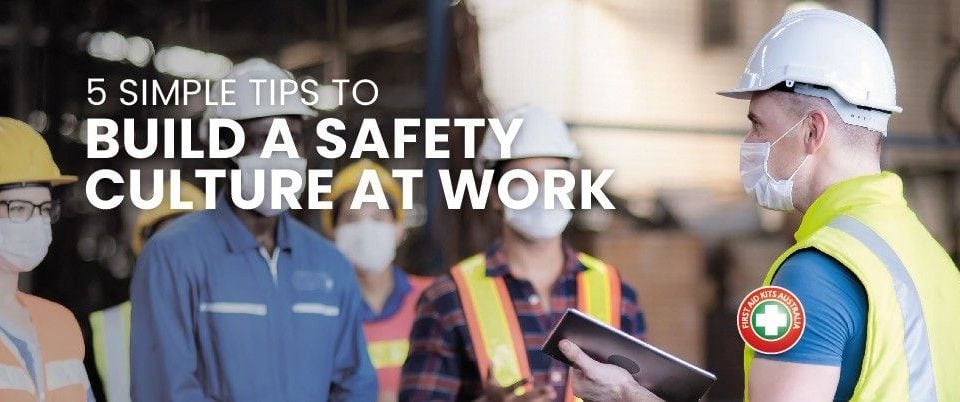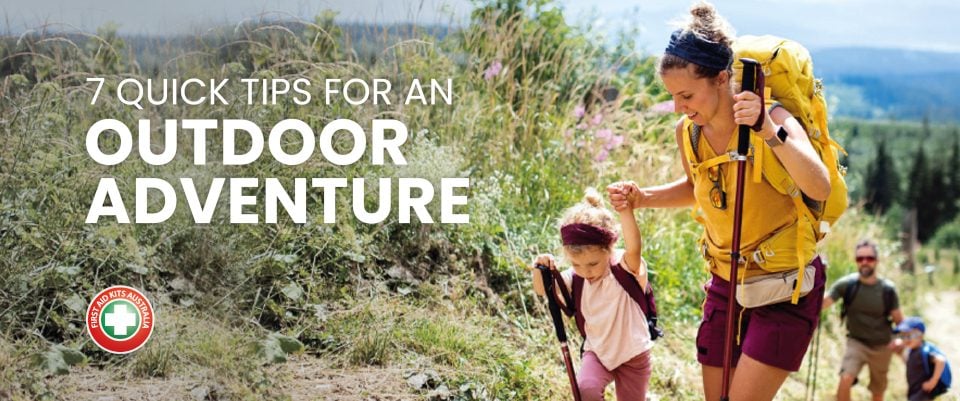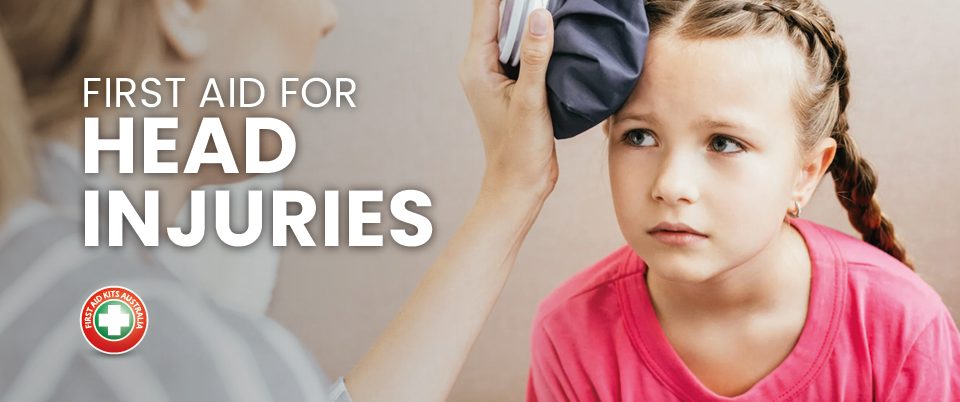
How to Choose the Best Defibrillator for You
27 October 2022
First Aid Tips: The Chain of Survival
4 January 2023But, being prepared can help you to reduce risks and avoid further damage.
There are 3 main things you can do to be better prepare:

- Check your insurance
- Store chemicals and poisons above ground level
- Emergency equipment, such as sandbags, containers for clean water,
- Check how to turn off the electricity, gas and water


- Important documentation (if you don’t have electronic records of them) stored on a waterproof container. Including emergency contact details and phone numbers
- Torch
- Portable battery-operated radio so you can stay connected and listen to updates
- A First Aid Kit
- Non-perishable food, can opener, cutlery and cooking equipment.
- Toiletries and sanitary supplies
- Protective clothing, such as sturdy footwear, gloves and protective goggles and spare clothes and shoes for each family member
- Medications
- Pet supplies
Learning about emergency protocols and how to provide first aid is important for your own safety and the safety of your friends and family. By learning in advance, you will ensure that you can respond quickly and appropriately if there is an emergency situation.

So, let’s explore which First Aid emergency situations are common during a flood and how to be ready to respond to them.
Common accidents during a flood
Frequent health and safety threats include:
- Cuts and wounds due to exposure to broken items, such as glasses, pieces of furniture, etc
- Infectious diseases due to contaminated water
- Leakages of poisonous materials and gas. A very common problem on farms is hazardous material spills. Also, because power shortages, many people cook in precarious conditions, like in non-ventilated areas what can produce carbon monoxide poisoning
- Exposure to mold is a health risk that can trigger asthma or allergic type of reactions, especially in infants, children, immune-compromised patients, pregnant women and individuals with existing respiratory conditions
- Drowning or injuries of trauma many of them occurring in an attempt to escape the flood and after in trying to recuperate material assets
- Hypothermia in children and the elderly if exposed for longer periods
- Fractures and sprains due to slipping wet and muddy surfaces
Provide First Aid during a flood
To provide First Aid to a neighbour or loved one during an emergency, follow the DRSABCD rule:
DANGER: assess the situation before jumping to help. Evaluate the risks (power lines down, unclear water depth, gases, floating items, etc)
RESPONSE: check if the person is unconscious or can’t move. Ask if they can hear you and if they have any pain.
SEND FOR HELP: ask someone to call 000 so help is on their way while you provide first aid to the victim. Don’t do this all by yourself.
ABC: it stands for Airway, Breathing and CPR (Cardiopulmonary Resuscitation)
Checking the airway is a priority. If the person has taken in water, roll them onto their side, with the head tilted back to allow water to be expelled.
Then, check for sings of regular Breathing, observe if the chest rises and falls and try to listen at the mouth for sounds of normal breath.
If breathing is absent, start CPR: 30 chest compressions + 2 breath and repeat until the victim responds or helps arrive.
*Doing a CPR course will be ideal as it can help you understand what to do and be confident in an emergency.
Defibrillation: if there is an AED (Automatic External Defibrillator) available, place the pads on the person chest, as per the defibrillator instructions and follow the steps.
The next priority is to stop blood from open wounds.
If the person is bleeding, attach a dressing and secure it with a bandage. Avoid the wound to get into contact with contaminated water.
What a First Aid Kit for flood should contain?
So, here are the key elements that your First Aid Kit should have to be prepared for emergencies during a flooding:
- A First Aid Guide with instructions so you can consult it in case you don’t know how to treat a particular injury
- Pocket Resuscitation Mask or face shield
- A minimum of 5 pairs of disposable examination gloves
- Gauze swabs
- Saline solution and injury cleaning wipes
- Bandages in different sizes
- Tweezers, scissors
- Thermal Survival Blanket or Emergency rescue blanket (for hypothermia or shock)
- Eye pads
- Triangular bandage
- Access to 20 minutes of clean running water or (if this is not available hydro gel)
- Instant ice pack (for the treatment of various bug bites or stings as well as soft tissue injuries)
To download a complete First Aid Kits Checklist, click here: First Aid Kit Checklist (firstaidkitsaustralia.com.au)
Be careful when cleaning up flooded areas as cuts and infections are likely to happen.
- Use protective gear, such as gloves, booths
- Clean and disinfect everything that was stuck in flooded waters. Mud left from floodwater can contain sewage and chemicals.
- Clean yourself thoroughly after dealing with flooded items
- Throw away food, including canned goods, that has come in contact with flood waters.
For more information about what First Aid Kit is right for you, visit our website First Aid Kits Australia






